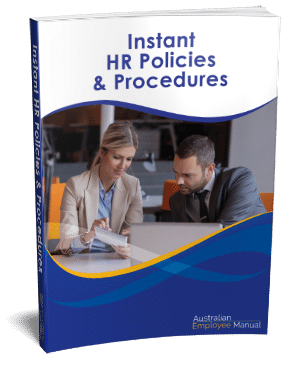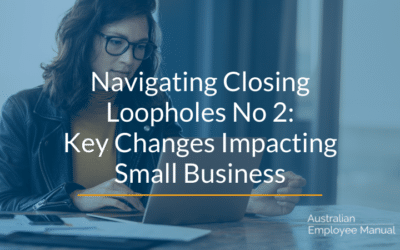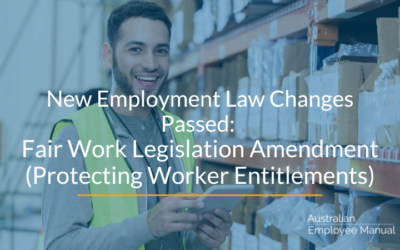While this is administratively easy for the business, businesses need to be aware that annual salaries cannot be less than what an employee is entitled to under their relevant award or industrial agreement.
Problems come about because many businesses either don’t accurately take into account all of the potential legal entitlements of the employee or don’t regularly review the amounts to ensure that the payments are keeping pace with variations under Industrial Awards or Agreements.
In addition, many businesses don’t clearly document what has been rolled up into the annualised wages, which can lead to disputes.
Many years down the track, the business is taken to court and faces massive penalties and back-payments to the staff of their entitlements.
There have been a number of high-profile cases hitting the media in recent months highlighting the problem with the practice of annualised salaries.
George Calombaris’s businesses landed in hot water through annualised payments not regularly being reviewed to ensure they kept pace with award changes, and for incorrectly classifying employees under their awards. $7.8million in backpay plus a $200,000 contrition payment is a huge deal for any business!
Michael Hill Jewellers is repaying $25million to employees in underpaid wages and faces a thorough Fair Work Investigation. Domino’s Pizza is facing a class-action lawsuit for underpaying workers.
Catch-all provisions such as “annualised salary is inclusive of any award provisions/entitlements that may be payable under an award” have been found not to stand up in court. A case in Western Australia saw an employee back paid $29,000 in unpaid overtime and lunch breaks as their contract relied on the catch-all clause.
If you want to explore annualised wages for your employees, seek competent advice from a local HR Consultant or HR Lawyer to ensure that your agreements are detailed, thorough and will stand up in court.
Also, schedule a thorough review each year when the National Wage Case is handed down, to ensure that all annualised wages keep pace with award conditions.
If you have not reviewed your annualised agreements for some time, now is the time to book in a wages review from a local HR Consultant. Fair Work Australia is targeting underpayment of wages, and you don’t want to be the next business hitting the media for all the wrong reasons.




